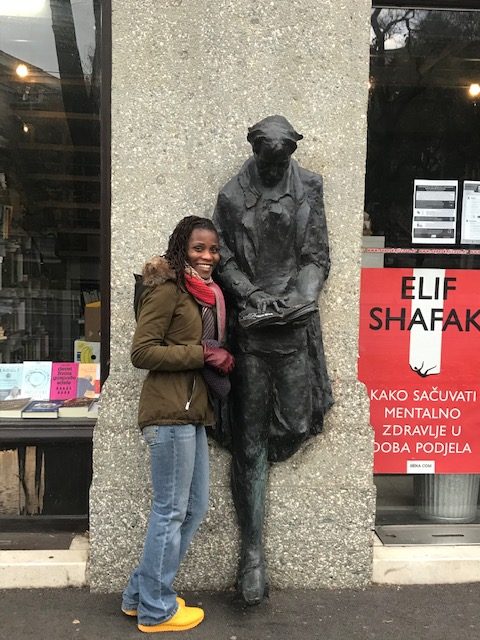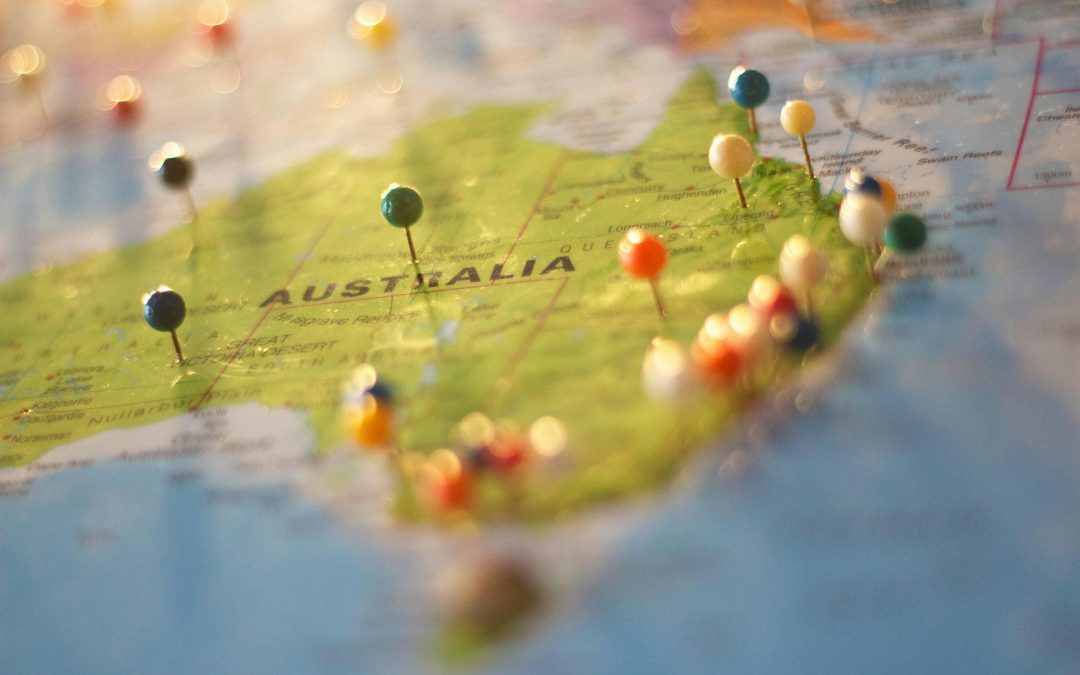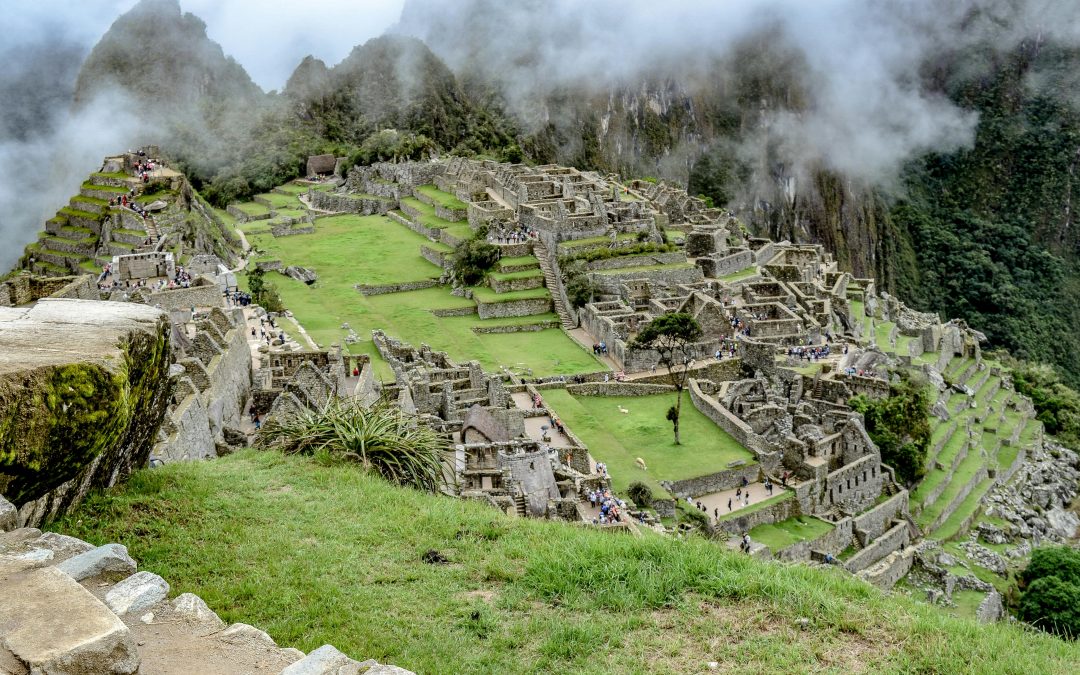
MACHU PICCHU — New Rules, Circuits, Timed Entries & Inca Trail Permits (Without the Crowds)
There’s a point on the terraces where the wind slows and the silhouettes of Huayna Picchu and the ridge line turn from jade to graphite. In that quiet, you feel exactly why people cross hemispheres to be here. In 2025, you can still have that moment—if you understand the new rules, book the right circuit at the right hour, and move through the sanctuary with intention. This is your definitive, field‑tested plan.
1) What Changed (and Why You Should Care)
Since 2024, Peru has tightened how visitors move inside Machu Picchu to protect stonework, reduce erosion on fragile paths, and smooth peak‑hour flows. For 2025, several practical realities shape your day:
- Timed Entry + Fixed Circuits. You must enter at a specific time slot and follow a designated circuit (no switching mid‑visit). Visits typically run ~2½–4 hours depending on the route you booked.
- Daily Capacity Bands. Expect ~4,500 daily visitors in low season and up to ~5,600 in high season, spread across circuits and entry windows. Tickets sell out early for premium morning hours and mountain add‑ons.
- One‑Way Flow. Each circuit is a one‑direction loop. There is no re‑entry on the same ticket once you leave, so time bathrooms and snacks before you pass the entry gates.
- Inca Trail Permits. The Classic (4‑day) Trail is limited to 500 permits per day (including staff) and closes every February for conservation. Permits sell out months in advance; the Short (2‑day) Trail has separate, smaller allocations.
- Circuit Access for Trekkers. As of 2025, Inca Trail permits map to Circuit 1 (panoramic) by default; if you want a different path (e.g., Circuit 2 or 3), you’ll need to purchase an additional circuit ticket subject to availability (policy confirmed by reputable operators summarizing 2024–2025 changes).
Why it matters: Your experience hinges on picking the right circuit and time—and aligning that with light, crowds, and your fitness. Get this right and the site feels contemplative, not crowded.
2) The Circuits Demystified — What You’ll Actually See and Photograph
Peru’s Ministry of Culture manages Machu Picchu visits through three main circuits (with variants and mountain add‑ons). Names can differ slightly by seller, but the logic is consistent.
Circuit 1 — Panoramic/Upper Terraces (Guardian’s House Views)
- Best for: The classic postcard panorama down onto the citadel, sweeping photos at first light, and a smooth “overview‑first” immersion.
- Route feel: You ascend to upper terraces near or above the House of the Guardian, then descend along one‑way paths that bring you to mid‑level sectors before exiting.
- Length & difficulty: Moderate; stairs with handrails in places.
- Pro tip: This is the standard circuit tied to Inca Trail permits; it’s also ideal if you value the iconic angle over close studies of every quarter of the urban core.
Circuit 2 — Classic/Comprehensive Core (when offered)
- Best for: A deeper walk through the urban heart—Main Plaza, Temple of the Three Windows, Intihuatana sector (when open), residential clusters, and masonry close‑ups.
- Route feel: More in‑citadel time, often considered the most architecturally rich circuit if you crave intimate details and varied vantage points.
- Length & difficulty: Moderate to long; more stairs and uneven stones; no circuit switching once you’ve started.
- Pro tip: If you want both the panorama and the urban deep dive, you may book two circuits on different days (or on the same day if time slots permit). Availability fluctuates—check well ahead.
Circuit 3 — Lower Terraces/“Royalty” Variants
- Best for: Shorter loops, travelers with time or energy constraints, and those pairing the citadel with a mountain add‑on in the same day.
- Route feel: The lower agricultural terraces and adjacent urban sectors, with different angles and fewer steep ascents.
- Length & difficulty: Shorter, easier; still stone steps and uneven footing.
- Pro tip: Don’t dismiss this circuit—lower‑angle photos often give extraordinary depth to Huayna Picchu in the background.
Mountain Add‑ons (limited permits; must match time windows)
- Huayna Picchu (Wayna Picchu). The sugar‑loaf peak behind the ruins; permits extremely limited. Narrow, steep switchbacks with exposed slopes; spectacular aerial views. Book months in advance.
- Machu Picchu Mountain. Higher, longer climb with broader paths and expansive vistas; less vertigo‑inducing than Huayna but more cardio.
- Huchuy Picchu. A shorter alternative near Huayna with lovely views; ideal if Huayna is sold out or you want a gentler climb.
Booking logic: Pick your primary circuit first (for your desired photo angles/time), then layer a mountain add‑on in the correct window. Tickets are route‑specific; you cannot swap circuits mid‑visit.
3) Capacity, Time Slots & Ticketing — Getting Your Hands on the Right Paper
Daily capacity. The Ministry uses seasonal caps of about 4,500 visitors in low season and ~5,600 in high season (June–August), divided across circuits and entry hours. The earliest entries (06:00–08:00) are the most coveted; even in shoulder months they can sell out weeks ahead.
Time slots. There are typically multiple entry waves from 06:00 through early afternoon; last entries are often after 14:00 (varies by season). Your ticket shows your slot; you must arrive on time and proceed to your circuit. There is no re‑entry if you exit.
Where to buy.
- Official portals and the Ministry’s channels are safest for live availability, but can be quirky for international cards. Reputable Peruvian operators and licensed agencies can secure tickets on your behalf if the official gateway is fussy.
- For Inca Trail permits, only licensed outfitters can apply; all operators draw from the same government‑managed pool updated in real time.
How far ahead.
- Huayna Picchu and early‑morning Circuit 2 slots can vanish 2–4 months out in high season.
- Circuit 1 morning entries usually need 1–2 months ahead for June–August, less for shoulder months.
- Short‑notice success is most likely on afternoon entries or Circuit 3.
Important 2025 fine print.
- Inca Trail → Circuit mapping. Trek permits default to Circuit 1 entry; if you want Circuit 2 or 3 afterward, you must add a separate circuit ticket (subject to availability). Operators noted the change in 2024–2025 updates. Confirm your route before purchase.
- Visit duration. Expect a 2½–4‑hour window inside the sanctuary depending on your circuit; rangers will guide flows to maintain pace.
4) The Inca Trail — Permits, Closures, and Honest Expectations
Permit math (why it sells out). The government caps the Classic 4‑day trail at 500 people/day—including guides, porters, cooks—which means only ~200–250 trekkers per day enter at KM82. The Short 2‑day trail has a separate, smaller allocation. February is fully closed for maintenance and conservation; permits are not issued.
Lead times. For May–August, book 4–6 months ahead for the Classic Trail; 2–3 months may suffice for shoulder season, but Huayna add‑ons at the citadel can still sell out. Some agencies watch for last‑minute cancellations, but this is rare.
Trail reality check.
- Classic Trail. 43 km over high Andean passes (Dead Woman’s Pass at 4,215 m), significant stairs, and rapid weather changes.
- Short Trail. A scenic, lower‑impact option that still arrives via Inti Punku (Sun Gate) with the dramatic first view—great if you’re short on time or acclimatization.
Post‑trail entry (2025). Most trekkers’ sanctuaries entries align with Circuit 1 timing; if your dream is a deep urban walkthrough (Circuit 2) the next morning, buy a second entry. Tour companies can arrange this in a “trail + next‑day city” combo, but availability is key.
5) Crowd‑Smart Strategy — When to Go, How to Move, Where to Look
Seasonality (macro):
- May–August: dry, clear, busiest.
- April & September–October: sweet spots—shoulder crowds, often great light.
- November–March: rain risk increases; green landscapes and softer crowds appeal to photographers; the Trail is closed in February (citadel open with rain breaks).
Time‑of‑day (micro):
- 06:00–07:00 entries: prime for misty panoramas and the fewest people in the upper terraces.
- 10:00–13:00: peak arrival from trains/buses; pick Circuit 2 late morning only if you’re ready for company.
- 14:00+: quieter; warmer light on terraces; good for Circuit 3 or lower‑angle photographers. Note sunset is early in winter; check seasonal gate hours.
Llamas are not models. Rangers discourage blocking paths or baiting animals for photos. The best images are wide scenes—stone + cloud—not llama selfies.
Footing & pace. Sloped granite is polished by millions of soles. Wear grippy shoes; trekking poles are usually restricted unless rubber tips are fitted and you have a medical need.
Bathrooms. None inside the site. Restrooms sit just outside; use them before entry; bring small coins for fees. There is no re‑entry on the same ticket.
6) Getting There & Around — Trains, Buses, and the Last 400 Meters
Cusco → Aguas Calientes (Machu Picchu Pueblo).
- Trains (PeruRail, Inca Rail) from Poroy, San Pedro, or Ollantaytambo whisk you to Aguas Calientes in 1½–3½ hours depending on origin. Ollantaytambo departures are the most frequent.
- From Aguas Calientes, concessioned buses zig‑zag to the citadel in about 25–30 minutes; queues start before dawn. Energetic hikers can walk up (1½–2 hours; steep switchbacks).
Acclimatization. Cusco sits at ~3,400 m; Aguas Calientes is ~2,000 m. If arriving by air to Cusco, spend 1–2 nights in the Sacred Valley (Pisac, Urubamba, Ollantaytambo) to acclimatize before hiking or early starts.
Bag rules. Large backpacks are not allowed inside; daypacks below ~40×35×20 cm are the norm. Lockers available near the gate.
Guide requirement. First‑time visitors are required/recommended (per route) to enter with a licensed guide; many circuits practically enforce guided flow. Guides add context and help you optimize photo angles within the one‑way system.
7) Two Perfect‑Day Playbooks
A) The Classic First‑Timer (2 days, trains from Ollantaytambo)
Day 0 (Sacred Valley): Sleep in Ollantaytambo. Evening walk through Inca lanes, early dinner, hydrate.
Day 1:
- Train ~06:00–07:00 to Aguas Calientes → Bus up.
- Circuit 2 10:00 slot (less fog; learn the urban plan while energy is high).
- Long lunch in Aguas Calientes; soak at local hot springs if you like.
- Early bed; hydrate; pack light for sunrise.
Day 2:
- Bus ~05:00–05:30 up for Circuit 1, 06:00 slot: classic Guardian’s House panorama in soft pink light.
- Optional Huchuy Picchu or Machu Picchu Mountain (if booked) aligned with your slot.
- Late brunch → train back to Ollantaytambo or Cusco.
B) The Trekker’s Finale (Classic 4‑day Trail + extra city time)
- Finish Trail → Circuit 1 (as mapped on your permit).
- Overnight Aguas Calientes.
- Next morning Circuit 2 (separate ticket) for the deep dive you couldn’t do after a big trek day.
- Huayna Picchu on day two if legs are fresh and you secured the permit month(s) earlier.
Pro tips: Build a weather buffer day after your must‑see slot. If rain shuts down your sunrise, you can swap circuits or return in the afternoon for golden light.
8) Respect & Preservation — How to Be a Superb Guest
Stay on the circuit. “Shortcuts” damage terraces and break the one‑way flow that rangers rely on to keep congestion tolerable.
Hands off stones. Oils hasten darkening; leaning and climbing stress mortarless joints. The best intimacy is seeing the tool marks, not touching them.
No drones/tripods inside without special permits; enforcement is real.
Waste & water. Carry in/carry out; no eating inside the citadel. Single‑use plastics add to local waste pressure—bring a filter bottle in Peru generally.
Photography ethic. If a ranger asks you to move along, move. Don’t hold angles excessively in bottleneck points (Temple of Three Windows; main plaza edges).
Context matters. The shift to fixed circuits and narrower re‑entry rules wasn’t arbitrary. It responds to years of overcrowding and stone fatigue. Knowing that, you’ll accept the choreography—and find your quiet within it.
9) Packing & Health — Avoid the Pain Points
- Footwear: Grippy trail runners or light hikers.
- Layers: Mornings can be cold, afternoons warm; pack a shell for mist/rain.
- Sun & altitude: Broad‑brim hat, high‑SPF sunscreen; coca tea or your doctor‑approved regimen for mild altitude symptoms.
- Poles: Only with rubber tips and generally only if medically justified (check current gate rules with your guide).
- Cash & cards: Small bills for buses, bathrooms; cards widely accepted in Aguas Calientes, but network hiccups happen.
10) Price & Practicalities — What to Expect (and Where to Save)
Tickets. Prices vary by circuit and mountain add‑on; purchase through official channels or a trusted operator that guarantees the exact slot + circuit you want.
Buses. Round‑trip Aguas Calientes ↔ Sanctuary adds a fixed cost; some travelers walk down to save money and enjoy the cloud forest.
Guides. Worth it—not only for interpretation, but for navigation within one‑way flows and time management with mountain add‑ons.
Hotels. Aguas Calientes ranges from simple hostels to boutique stays with early breakfast for dawn buses. In the Sacred Valley, Ollantaytambo offers charm, Urubamba offers resorts; price swings with season.
11) Troubleshooting
Your circuit sold out? Consider another time window (earlier/later) or Circuit 3 for lower crowds and fresh angles. Many readers fall in love with Circuit 3’s lower terrace compositions.
Rain on your sunrise? Swap photo priorities: focus on stone + cloud drama; come back for a late‑afternoon slot the same day only if you purchased an additional entry—remember: no re‑entry on the same ticket.
Card failed on official portal? Use a reputable operator that purchases on your behalf; they all draw from the same Ministry inventory, but service can be worth the fee when payment gateways balk.
Trail closed (February) or permits gone? Book the Short Trail (if open) or an alternative trek (Lares, Salkantay, Choquequirao) and enter the citadel on a separate circuit ticket the next day.
12) FAQs
How many visitors can enter Machu Picchu per day in 2025?
The Ministry manages seasonal caps roughly around 4,500 (low season) and ~5,600 (high season), distributed by time slot and circuit. Tickets for prime morning windows sell out first.
Can I re‑enter Machu Picchu after exiting?
No. As of 2025, tickets are single‑entry, timed. Once you leave the gate, there’s no same‑ticket re‑entry. Use bathrooms before entering.
Which circuit is best for the classic panorama?
Circuit 1 (panoramic/upper terraces) lines you up for the Guardian’s House viewpoints and that famous citadel‑below composition—especially magical 06:00–07:30.
Is Circuit 2 better than Circuit 1?
They’re different. Circuit 2 goes deeper into the urban core for close studies of masonry and temples, but Circuit 1 gives superior overview photography. Many travelers book both on different days.
Are trekking poles allowed?
Poles are generally restricted unless you have a medical need and rubber tips; rules are enforced to protect stonework. Confirm with your guide before you queue.
When is the Inca Trail closed?
The Classic Trail is closed every February for conservation. Permits are limited to 500/day year‑round (including staff), so popular months sell out months ahead.
Do Inca Trail permits include a full city circuit?
In 2025, trail permits usually map to Circuit 1. If you want Circuit 2/3, book a separate timed entry (subject to availability).
13) Responsible Travel Checklist
- ✅ Book timed entries and circuits early; don’t “no‑show.”
- ✅ Arrive on time, restrooms before entry; no re‑entry.
- ✅ Follow one‑way flows; no climbing on walls or terraces.
- ✅ Keep hands off stone; no drones/tripods.
- ✅ Carry out all waste; no eating inside.
- ✅ Hire licensed local guides; tip fairly.
- ✅ If trekking, pack in/pack out, use porters fairly, and respect altitude.

Written by Kariss
More From This Category

Oceania Unveiled
Oceania is not just a region—it’s a revelation. Comprising Australia, New Zealand, and the Pacific Islands, it stretches across the world’s largest ocean, offering travelers a tapestry of wild landscapes, ancient cultures, and soulful simplicity.

Oceania Unveiled
Oceania is not just a region—it’s a revelation. Comprising Australia, New Zealand, and the Pacific Islands, it stretches across the world’s largest ocean, offering travelers a tapestry of wild landscapes, ancient cultures, and soulful simplicity.

Oceania Unveiled
Oceania is not just a region—it’s a revelation. Comprising Australia, New Zealand, and the Pacific Islands, it stretches across the world’s largest ocean, offering travelers a tapestry of wild landscapes, ancient cultures, and soulful simplicity.
0 Comments
Our Newsletter


0 Comments